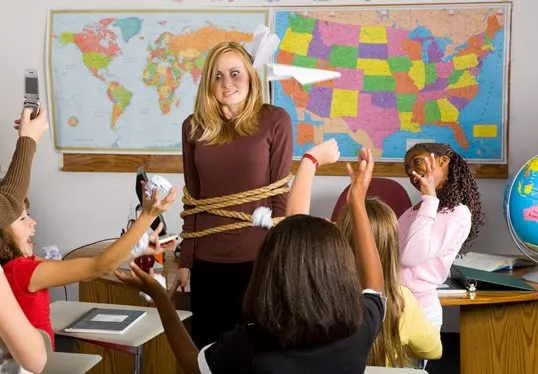
The Communicative Approach in English Language Teaching seems to be pushing students to become more autonomous as it is developed in not only academic environments but also in the classroom itself. Throughout the years, language teaching scholars have been trying out different approaches in order to assess the variables involved in the learning process. These approaches include a variety of viewpoints arranged in a continuum that goes from very conductive methodologies, like the Audio-lingual approach, to others that seek giving the students a wider control of their learning course, like in the Communicative approach. That is why there is a big concern about what the teacher’s role in the classroom should be, and whether or not teachers will finally be excluded from the teaching-learning environment. I believe teacher’s role in the classroom is irreplaceable due to the mainstream actions that he or she performs, which are mainly, modeling the language, guiding the learning process, and evaluating the students’ improvement.
The teacher models the language for the students. Some people may say that audios or videos would be enough for modeling the language. But the truth is that those resources lack of human-human contact which enables people to personalize the language according to their own interests. Besides, audios and videos are only meant to be resources. They do not have the ability to guide the class, or to evaluate the students’ progress.
The teacher guides the development of the class. He or she is in charge of leading students so they can discover the language on their own. Students’ autonomy on their learning process will be successful as long as it is well defined on its role in the classroom. Autonomy may be seen as a means for an end or as the end itself. In both cases, the teacher’s role in achieving such autonomy is fundamental both for making students autonomous in their English learning process (as a means), and for making them autonomous learners in a general terms (as an end).
The teacher is responsible for evaluating the students’ improvement and success in acquiring a new language. In a sense, the Communicative approach distances itself from other more traditional methods since it includes the self-evaluation and the co-evaluation which motivates students to be aware of the development of their own language skills and communicative abilities. But the teacher’s evaluation is not put aside, due to the fact that grading and leveling systems still depend on the rational method through which a student’s progress is measured and marked. Furthermore, the teacher’s sensitivity and values are inevitable factors in the effectiveness of their evaluations and subsequent achievements.
So finally, the teacher’s role in the classroom is well defined. The need for the teacher’s modeling, guidance and evaluation is dependent upon the degree of autonomy the students have acquired during their learning process. Nevertheless, the students’ management of their own learning steps is determined by the teacher’s point of view for the learning autonomy as a means for making the process a successful one.